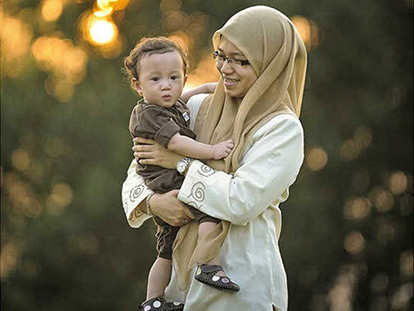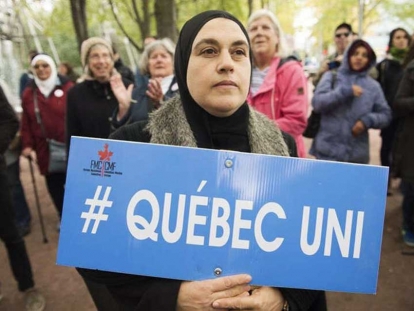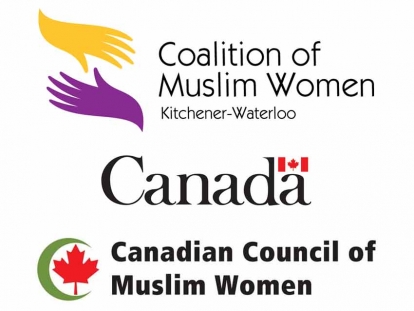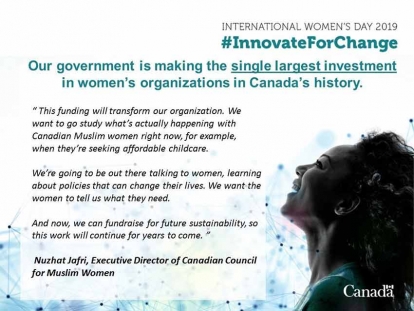Oct
Oct
Canadian Muslim women recognised for contributions to Canada
Written by Daood HamdaniThis week, a young Muslim woman will give a keynote address on integration with Canadian society to a large gathering in Toronto. In mid-October, Muslim women will recognise their peers who have made a difference with contributions to civic engagement in Canada. And later this year, a Muslim woman will be honoured by the Canadian government for championing women's rights and promoting interfaith dialogue.
This flurry of activity around Muslim women's work to promote integration in Canada is not a flash in the pan. Muslim women have a long history of working for integration, inspired by their deep appreciation for Canadian multiculturalism policy and its Charter of Rights and Freedoms.
In 1982, the Canadian Council of Muslim Women (CCMW) was established and laid out a clear vision for Muslim women ”“ and for the wider Muslim community. In affirming adherence to the fundamentals of Islam while adapting religious practices that are flexible, it focused on integration with the broader society.
This was a big step in the early 1980s when many Muslims in the country, who were predominantly economic migrants, were too busy earning a living to focus on what role they would play in their new homeland. Discourses on integration were then being directed by religious organisations, which were generally preoccupied with preserving cultural and religious traditions. CCMW set a new direction.
Transition from tradition to adaptation is neither swift nor smooth. Visionary leaders initiate and maintain conversation with the broader society and encourage their own community to question its practices and assumptions as well.
Its model of engagement with the broader society is a classic example of collaboration. In 1988, Canada's oldest mosque, Al-Rashid was on the verge of extinction after attempts to relocate it with the help of Muslims in Canada and abroad had failed ”“ it stood on land belonging to a hospital.
The CCMW Edmonton chapter, with no money and only twelve members ”“ affectionately called the Terrific Twelve ”“ stepped in and cast the issue as a Canadian, not Muslim, problem. It argued that Al-Rashid marked the beginning of a new chapter in Canadian history and therefore deserved to be with other historical buildings in Fort Edmonton Park, a living history museum in Edmonton.
The proposal set off a controversy, with the media weighing in. While the Edmonton Journal supported the Terrific Twelve's case, the Edmonton Sun was unsparing in its opposition of the admission of “other people's cultures” into a museum that is “a unique expression of our history”.
Muslim women leaders saw an opening for educating and informing the public to calm their fears, while winning over organisations interested in Canadian history and heritage. In the end, the Terrific Twelve prevailed. Al-Rashid became part of Canadian heritage, mainstream organisations shared the cost of moving it and “our history” was redefined.
In the Muslim community itself, these women also set a precedent for working through difficult questions, however sensitive the issue may be. In 2003, after a group of men sought legal status for arbitration decisions rendered by Muslim tribunals according to Muslim family law, it started a debate on the interpretation and adaptability of these laws in the Muslim community. The impact of this discussion was immediately evident, as the request was denied.
Afterward, Muslim organisations set up courses in Canadian culture, history and law to help religious and other leaders develop a deeper understanding of Canadian society. More importantly, these women successfully fostered open discussion of an issue regarded as untouchable in many conservative Muslim communities. This new conversation was hailed as the first step towards recapturing the spirit of Islamic civilisation, which embraced a sense of inquiry and openness to new developments.
Muslim women, in sum, not only defined and helped forge Canadian Muslim identity but ensured that Muslim communities were seen as a vital part of Canadian society.
Daood Hamdani (This email address is being protected from spambots. You need JavaScript enabled to view it.) is a faculty member of the Canadian Muslim Leadership Institute and author of In the Footsteps of Canadian Muslim Women 1837-2007 and The Al-Rashid: Canada's first mosque 1938. This article was written for the Common Ground News Service.
This article was produced exclusively for Muslim Link and should not be copied without prior permission from the site. For permission, please write to info@muslimlink.ca.













